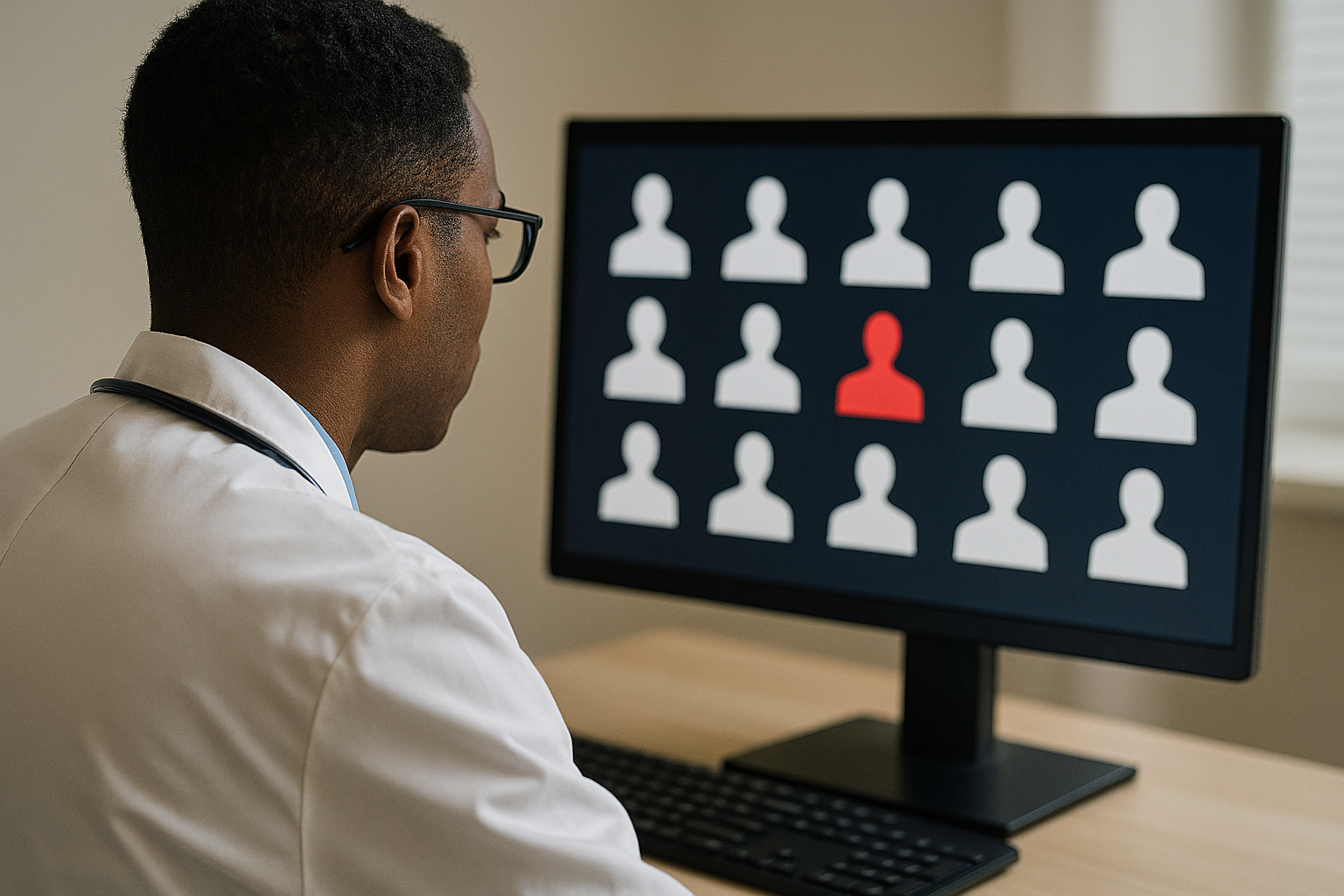Introduction:
Artificial Intelligence (AI) is transforming healthcare, but with innovation comes responsibility. Bias in AI systems can lead to unequal care, perpetuating disparities across communities. At a recent HTN Now event, David Newey, previously CIO at The Royal Marsden NHS Foundation Trust, explored the risks of bias in AI and how it can adversely affect patient outcomes.
Key Insights from the Session:
1. Why Bias Matters in AI
Bias in AI isn’t just a technical flaw—it’s a patient safety issue. If algorithms are trained on incomplete or skewed datasets, they can reinforce existing inequalities in healthcare delivery.
2. Types of Bias in AI
David highlighted several forms of bias:
- Implicit Bias: Unconscious prejudice embedded during algorithm development.
- Sampling Bias: When datasets overrepresent certain groups and underrepresent others.
- Temporal Bias: Models becoming outdated as conditions change.
- Overfitting: Algorithms that perform well on training data but fail in real-world scenarios.
3. Real-World Impact
Bias can manifest in life-or-death situations. For example, research shows Black and Asian women in the UK are significantly more likely to die during childbirth compared to white women—a stark reminder of systemic inequality.
4. Designing for Equality
To mitigate bias, organisations must:
- Use diverse datasets.
- Implement robust governance and testing frameworks.
- Continuously monitor AI performance across demographics.
Why This Matters
AI should enhance care for everyone—not just those represented in the data. Eliminating bias is essential for building trust and ensuring equitable healthcare outcomes.

